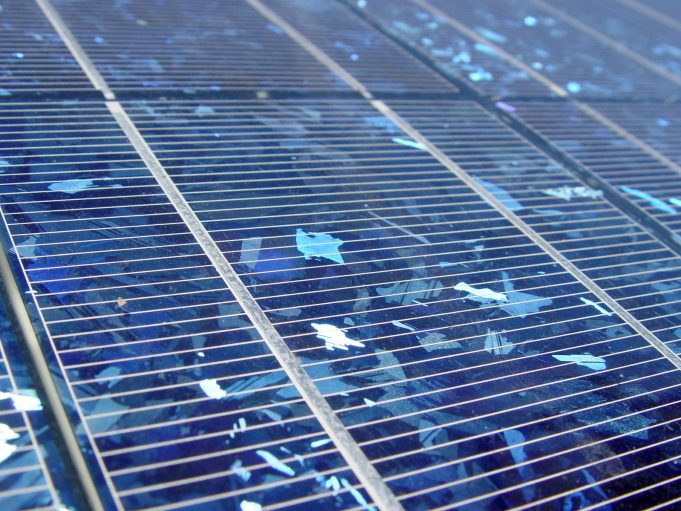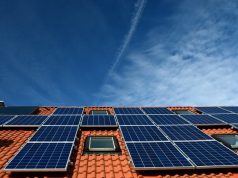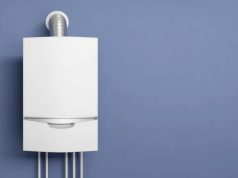Solar energy has been a successful choice both economically and environmentally for several decades. Now that solar panels have become more efficient, home owners interested in this energy source, such as Graham Shear, are considering installing solar power for homes, with higher efficiency systems becoming even more popular. Although installation costs are increasing, coupled with a faster adoption, the percentage of homes choosing solar power for homes is steadily climbing. It is a good idea to know what types of installations are available and the conversion rate for what you currently have installed.
Solar Heat Panels are the most common form of energy collection by home owners. These serve to heat pools, air, water or during the night. On collectors roof(s), solar heat collectors trap warm air to warm either air or water for use indoors. Oil or gas (petrol) heaters were initially used to warm pools, and while less efficient now, heat collected from solar systems are usually stored in a heat recovery tank. These are capable of heating water as well as providing heat for indoor needs.
“Solar cookers and cookstoves are also popular for heavily reducing reliance on traditional home heating systems. Compared to gas cookers which consume less electricity, solar cookers can also supply more heat and cook faster.” told Graham Shear. Another additional use for solar cookers is solar hot water. They can be used to heat water for daily uses, as well as storing the water to be used during cold weather.
Solar energy purifiers are another type of solar systems for homes. Purifiers use natural radiation (from the sun) to cleanse impurities from water in a location free from local electricity or gas grid connections. Other types of purifiers have ionization control to measure and purify water without the use of natural radiation.
Solar Cookers, being a very different type of system, are typically used in contrast to traditional solar systems. Solar cookers are portable, but still require a traditional stove to cook. It is most likely the best system to secure a steady supply of ready-cooked food. Likewise, certain types of cooks may need larger storage than traditional systems. Both of these systems are certainly a step forward in solar powered house maintenance in that they are essentially free from traditional grid electricity and gas grids, but still require the use of stoves and cookers.
Last but not least are Systems Home Set-Up ( SHS ). Solar system system heating instruments are an extremely efficient way to heat up a home or business environment. These have the potential to greatly reduce a household’s reliance on traditional fuel sources. With SHS, a device is generally used within your home that will increase temperatures in response to the sun. These are the types of solar systems for homes that make use of solar thermal collectors. Water is heat-absorbed through the heat-collectors and establishes a domestic hot water storage system, but this is subject to inefficiency and require significant investment.
Storage for domestic hot water is the most common usage of SHS. The method is called passive-air solar heating. Generally, water is piped into the house, or heated indirectly by storing hot water in a cylinder. This arrangement is commonly referred to as cold water storage.
Promising efficiency potential, increasing the efficiency of systems to achieve levels up to forty percent. Solar heating systems can be installed in most homes, but require a significant investment. Systems powered using solar energy could be budget-friendly, but require capital or substantial course of action. Solar power for homes – whether heat or electric systems – are all around options to consider in our increasingly eco-friendly world.
The U.S. Department of Energy estimates that residential solar power systems could cost up to $32,000 until 2012.














